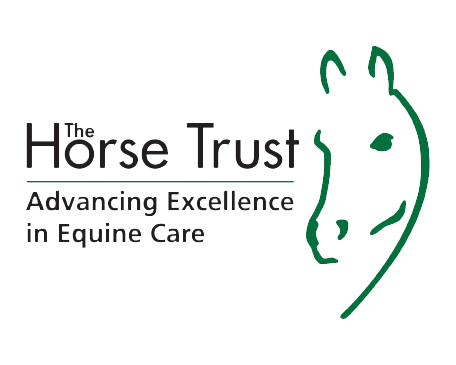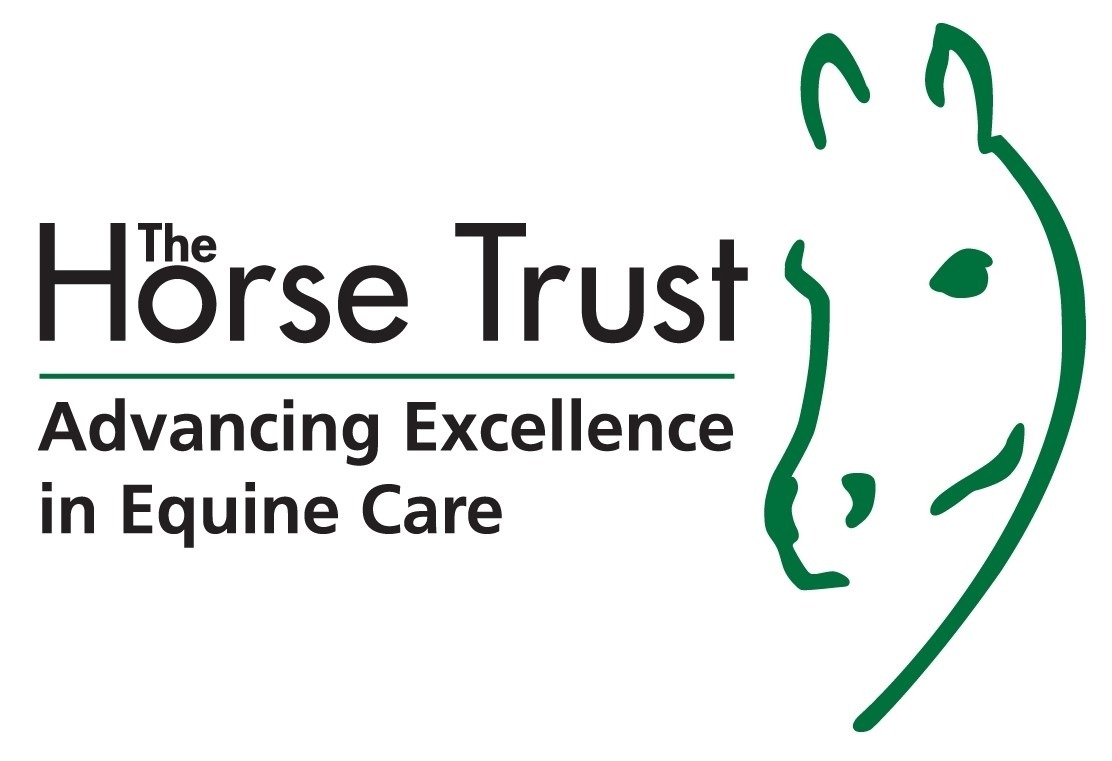OUR STORY
1918


World War 1 (1914-1918) saw millions of men and horses bogged down in horrific conditions in the muddy trenches of Belgium and Northern France. As Britain’s men were called away to war – including staff from The Home of Rest for Horses – and as shortages began to bite, The Home faced a threefold problem.
Demand rose for our services as healthier animals were requisitioned for the war effort, leaving only older and sicker horses to cope with regular work. The men working the horses – and indeed caring for them at The Home of Rest – were often older or less experienced, and prices rose dramatically as supplies grew scarce. On top of this, the demands of war pulled financial support in other directions.
In spite of the difficulties, World War I drove the charity to new heights. Annual donations were made to RSPCA appeals in support of Russian Army Horses.
In 1914, the Committee made an inspired gift to the Army Veterinary Service of the first ever motorised horse ambulance. This proved so useful in moving injured horses from the battlefields for treatment that 13 more were procured and, by the end of World War I, over 2 million horses had been successfully treated and returned to duty.
A letter of thanks received during World War I in response to the donation of the innovative horse ambulance, is detailed below.
“WAR OFFICE,
WHITEHALL., S.W.
Dear Sir,
I am writing to let you know how very pleased I was with the Motor Horse-Ambulance which the subscribers to The Home of Rest for Horses have presented to the War Office during World War 1, for the use of sick and wounded horses at the front, and which you were so kind as to show me on the 10th inst. It will prove of the greatest value to the Veterinary Hospital Overseas to which it has been sent, and I would like you to express my gratitude to all the subscribers for their generous and appropriate gift.
Yours faithfully
(Signed) R. PRINGLE,
Major-General,
Director-General, Army Veterinary Service.”
Over six million horses in World War I played a role, more than any other conflict in history. The British Army alone used 1,183,228 horses. At the end of the War, The Home of Rest began taking in the first of it’s military veterans. A tradition that continues to this day.
San Toy (1890-1922)
The first war veteran of both the Boer and World War I was San Toy, who remained at the Home of Rest until his death in 1922. It was said that San Toy never missed a single day’s duty through both the Boer campaign and World War I. Working so well, and to the grand age of 28, his officers were keen to see him live out his retirement years in comfort.
Roger (1907-1934)
Roger’s story was truly remarkable. 15.2hh chestnut gelding Roger, thought to have been a German Officer’s Charger, was found wandering rider-less on the battlefield during the infamous Battle of the Somme. A British Army Officer ‘captured’ Roger and got him to safety. Roger then served as that Officer’s mount for the last 2 years of the war, getting him out of any number of ‘tight spots’ on the battlefield. After the War the grateful officer bought Roger back to England and paid for him to enjoy a quiet and dignified retirement at The Home of Rest.
Old Sam (1907- late 1930s)
Working Horse Old Sam was a survivor of World War I but being just 11 years old in 1918, he still had a lot of work left in him. He toiled for another 19 years, pulling firewood which his owner sold on the streets. Though his owner depended on and cared for him, life was hard and there wasn’t always enough money to look after Old Sam properly. When he could work no more, Mr. John Harris – the Magistrate of the Thames Police Court – asked the Society to help. At last Old Sam could enjoy some well-deserved rest and retirement.











